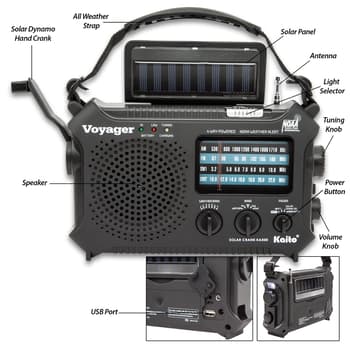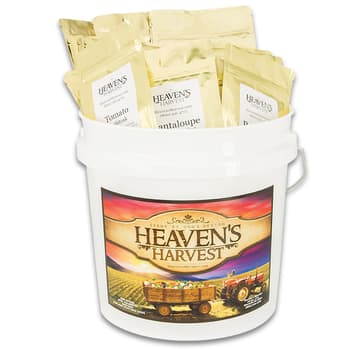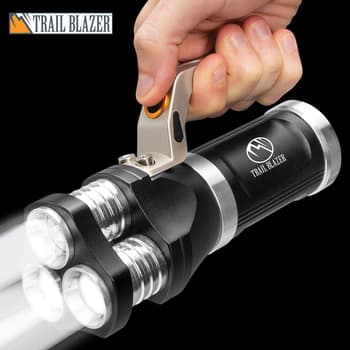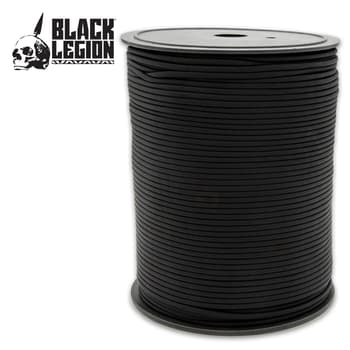Are You Prepared For A Blizzard?
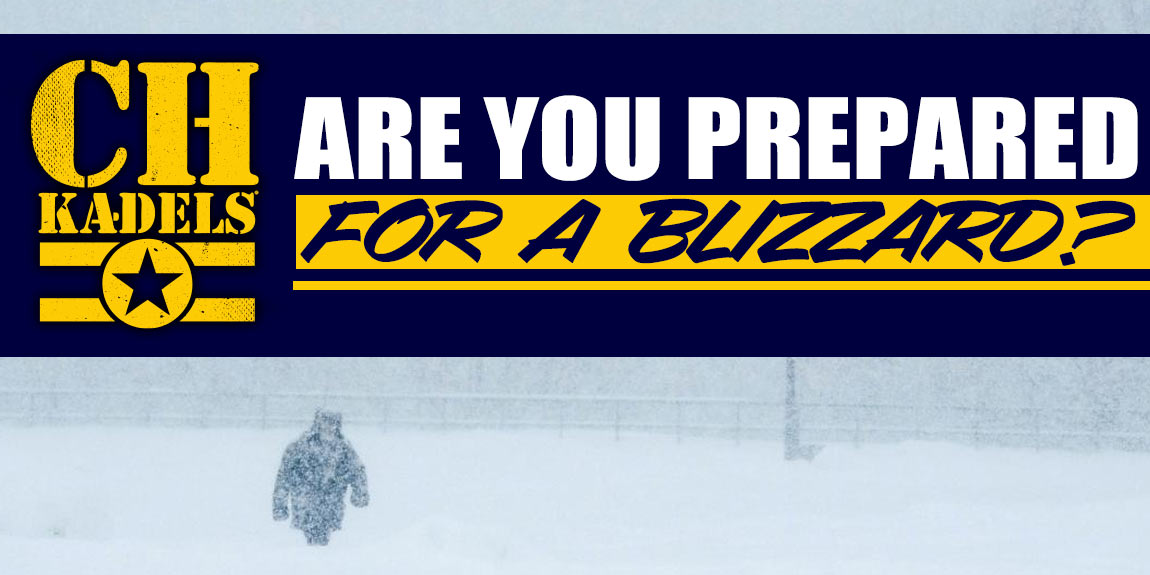
By Adelia Ladson
With Winter on the horizon, it’s time to make sure that you’re prepared for any winter storms that may be headed your way this season. Now is the time to make sure that you and your family are ready to weather a winter storm or at the very worst a blizzard.
Knowledge Is Power
First and foremost, you need to be forewarned about what kind of winter weather conditions are happening in you area. The best way to do this is to have a reliable weather radio that receives NOAA alerts. The two things to listen for are “winter storm warning” and “blizzard warning”. When a winter storm warning is issued, it means that life-threatening conditions have begun or will begin within 24 hours. Typically, it’s preceded by a “winter storm watch” alert, which means winter storm conditions are possible within 36 to 48 hours. When NOAA issues a blizzard warning, it means that sustained winds or gusts of 35 miles an hour or more and a considerable amount of falling or blowing snow, that will reduce visibility to less than a quarter of a mile, is expected to continue for three hours or longer. NOAA will also issue a “winter weather advisory”, which means that winter weather conditions are expected to cause inconveniences but aren’t life-threatening if caution is observed.Preparing Now
There are several things that you need to do and check on in advance of the winter storm season to ensure that you are ready for it. These precautions will help you protect your family and your home and should be taken every year.Prepping Your Home
Hopefully, many of these important precautions have already be put in place in your home if you live in a part of the country that has winter storms every year. If not, then you need to do them right now before another year passes.- Make sure exposed pipes are protected from freezing.
- Make sure your doors and windowsills are caulked and weather-stripped, that your insulation is up to snuff and that storm windows are installed.
- Make sure that your heating sources are clean and in good, working order, especially, a fireplace, which needs to be professionally cleaned on a regular basis.
- You need emergency heating equipment in case your primary source stops working. This could be a kerosene or electric heater or a wood or coal-burning stove.
- If you are using a fireplace, woodburning stove or coal-burning stove as either your primary or emergency source of heat, make sure that you have enough firewood or coal to get you through the winter.
- You need to invest in a portable generator for power outages.
Prepping Your Family
There are also some things that you need to address to ensure the safety of you and your family during a winter storm or blizzard. One of the main things that you should do is to talk with your family about what the plan will be in case of severe winter weather. This, especially, will help to reduce fear in young children. Below are more precautions that should be taken.- Keep a supply of kitty litter to put on outside steps and walkways so that they are less dangerous and slippery.
- Check your first aid kit and make sure it’s sufficiently stocked, and any medications are up to date.
- Make sure that each member of your family has appropriate cold weather clothing that fits and is in good condition. Also, have an extra blanket for each member of your family, preferably a wool blanket, which is the best.
- Winterize your vehicle to decrease your chances of being stranded when out on the road. This, especially, includes having quality winter tires with adequate treat or snow chains, if necessary.
- If you have to evacuate, make sure you are familiar with the routes to your emergency shelter location. Always keep your vehicle’s gas tank full so you can leave immediately, and this will also keep the fuel line from freezing.
What About During A Winter Storm?
Once a winter storm or blizzard hits, you are basically waiting it out for however long it takes. Here’s what you need to do to continue to stay safe and healthy during the storm.- This is a no-brainer but stay inside! Wear loose-fitting, lightweight but warm clothing in layers as these will keep you warmer than one bulky sweater.
- Eat regularly because food provides energy the body needs to produce its own heat.
- Stay hydrated and drink warm liquids like broth or decaffeinated hot tea. Avoid caffeine and alcohol as both of them can increase the chance of dehydration.
- As winter storms can last for days, conserve fuel by lowering the thermostat at night and closing off unused rooms. Also, cover the windows at night.
- Continue to listen to your weather radio to monitor weather conditions and updated emergency information.
What If I Need To Go Outside
It’s understandable that you may need to make a trip outside into the weather. You may need to bring in more firewood for your fireplace or an emergency trip to a relative’s home, a store or even the hospital.- Always wear gloves and a hat when you step out the door to prevent the loss of body heat. Your outer layer should be water-repellent.
- Protect your lungs from the cold air by covering your mouth and nose with a scarf or balaclava and avoid taking deep breaths or excessive talking.
- Walk cautiously, keeping in mind that walkways and sidewalks will be slippery.
- If you’re going out to shovel show or carry firewood, stretch before you go out to warm up your body and reduce the chance of muscle injury or strain. Also, don’t overexert yourself outside in the cold. Sweating can lead to a chill or, at the worst, hypothermia.
- Take frequent breaks from the cold and change wet clothes immediately.
